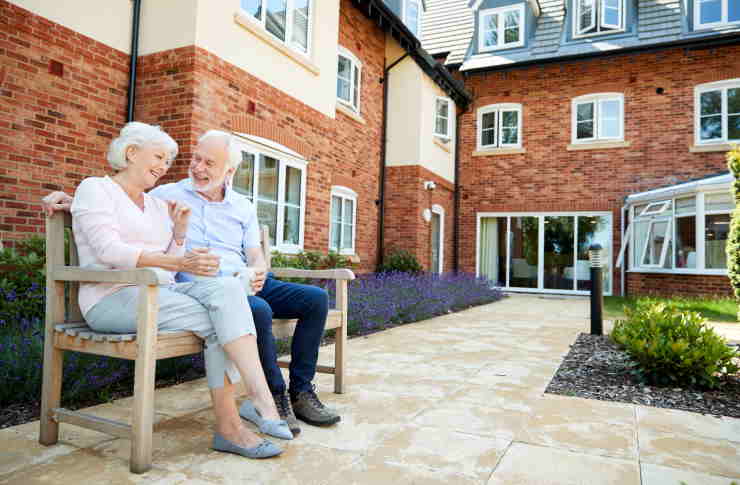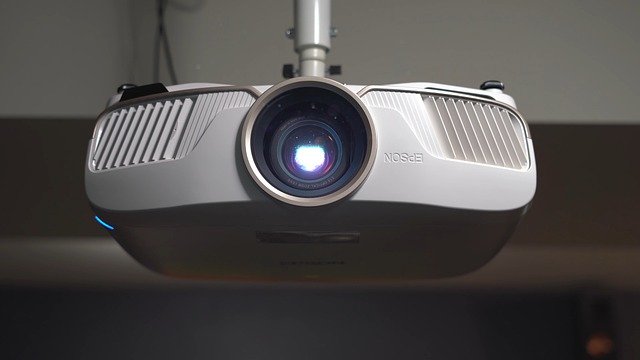Senior Apartments: A Comprehensive Guide for Elderly Housing
As the population ages, the demand for specialized housing options tailored to seniors' needs continues to grow. Senior apartments offer a unique living arrangement designed to provide comfort, safety, and community for older adults. This article explores the key aspects of senior apartments, their benefits, and what to consider when choosing this housing option.

What features do senior apartments typically offer?
Senior apartments are designed with the comfort and safety of older adults in mind. Common features include:
-
Accessibility: Wide doorways, grab bars in bathrooms, and lever-style door handles for easy use.
-
Safety: Emergency call systems, well-lit common areas, and secure entrances.
-
Low-maintenance living: Many communities offer services like housekeeping and maintenance.
-
Social spaces: Community rooms, fitness centers, and outdoor areas for socializing.
-
Transportation: Scheduled shuttle services for shopping, medical appointments, and local activities.
These features aim to create a comfortable and secure environment that promotes independence while addressing the unique needs of seniors.
How do senior apartments differ from other elderly housing options?
Senior apartments are distinct from other elderly housing options in several ways:
-
Independence: Unlike assisted living facilities, senior apartments are for older adults who can live independently without daily assistance.
-
Age restrictions: Most senior apartment communities have age requirements, typically 55 or 62 and older.
-
Amenities: Senior apartments often offer more amenities tailored to older adults compared to traditional apartments.
-
Community focus: These complexes emphasize social interaction and community-building among residents.
-
Cost: Senior apartments may be more affordable than continuing care retirement communities or assisted living facilities.
Understanding these differences can help seniors and their families make informed decisions about the most suitable housing option.
What are the benefits of living in a senior apartment?
Senior apartments offer numerous advantages for older adults:
-
Social connections: Living among peers can reduce isolation and promote active social lives.
-
Safety and security: Designed with seniors’ needs in mind, these communities often have enhanced security features.
-
Maintenance-free living: Many communities handle tasks like lawn care and building maintenance.
-
Accessibility: Apartments are typically designed to be easily navigable for those with mobility issues.
-
Community activities: Many complexes offer organized events and outings for residents.
-
Potential cost savings: Bundled services and amenities can sometimes lead to overall cost savings compared to maintaining a private home.
These benefits contribute to a higher quality of life and peace of mind for both seniors and their families.
How to choose the right senior apartment?
Selecting the ideal senior apartment involves considering several factors:
-
Location: Proximity to family, healthcare facilities, and favorite activities.
-
Budget: Understanding all costs, including rent, utilities, and any additional fees.
-
Amenities: Evaluating which services and features are most important to you.
-
Community culture: Visiting the complex to get a feel for the social atmosphere and resident demographics.
-
Rules and regulations: Reviewing policies on pets, guests, and any age restrictions.
-
Future needs: Considering whether the community can accommodate changing health needs over time.
Taking time to assess these factors can help ensure that the chosen senior apartment meets both current and future needs.
What are the typical costs associated with senior apartments?
The cost of senior apartments can vary widely depending on location, amenities, and services offered. Here’s a general overview of pricing:
| Type of Senior Apartment | Average Monthly Cost Range |
|---|---|
| Standard Senior Apartment | $1,000 - $3,000 |
| Luxury Senior Apartment | $3,000 - $6,000+ |
| Income-Restricted Senior Housing | $400 - $1,000 |
Prices, rates, or cost estimates mentioned in this article are based on the latest available information but may change over time. Independent research is advised before making financial decisions.
It’s important to note that these costs can fluctuate significantly based on factors such as geographic location, apartment size, and included services. Some communities may also have additional fees for meals, transportation, or other amenities. When budgeting for senior apartments, it’s crucial to get a complete breakdown of all associated costs and to compare multiple options in your desired area.
Senior apartments offer a valuable housing option for older adults seeking independence, community, and tailored amenities. By understanding the features, benefits, and considerations associated with this type of housing, seniors and their families can make informed decisions about their living arrangements. Whether choosing for current needs or planning for the future, senior apartments provide a supportive environment that can enhance the quality of life for many older adults.






